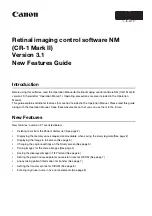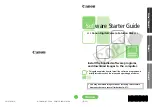
Differences between GM47 and GM47r5
LZT 123 7733 R1A
8
3 Detailed
Difference
Description
3.1 IO# / ADC# (Pins 13, 22)
To increase analogue input capabilities, the GM47r5 optimises the IO by
multiplexing or sharing different features on single pins. There are two
digital IO pins which now have an additional ADC input. When configured
as digital IO, the software will not read the voltages at the two new ADC
inputs. When configured as ADC inputs the software will configure the
digital IO pins as input or high impedance tri-state. In this state any
applied voltage between 0V and 2.75V can be read as an 8 bit value.
3.1.1 Backwards compatibility
Default operation designation is as an I/O pin set to an input.
This is as GM47.
3.2 RS232 Flow Control (Pins 32, 36, 37, 38, 39, 40)
In order to increase the flexibility and variety of GM47r5 peripherals, the
RS232 hardware flow control shares its physical interface with an
extended general purpose IO capability. Due to the nature of this sharing,
it is not feasible to operate all these features concurrently (although, with
care, dynamic switching from one feature to another and back is possible
but may require additional external circuitry).
When a particular feature is required of an IO, the software sets the states
of the relevant IO blocks disabling one set and enabling others. This is
most noticeable with the RS232 hardware flow control when switching to
the general purpose IO functionality.
If full hardware flow control and handshaking is required there will be no
additional general purpose IO sharing these pins. If intermediate
hardware flow control is selected (RTS and CTS only), the unused flow
control pins (DTR, DCD, RI, DSR) are made available general purpose
outputs.
If RS232 hardware flow control is switched off altogether, the remaining
general purpose IO is enabled.
3.2.1 Backwards compatibility
The only difference is that the RS232 pins that double as Input and Output
pins when addressed in AT*E2IO will now return error when trying to
manipulate them, unless AT*E2RS232 is used to change which RS232
pins are in use. Previously GM47 allowed both IO operations and RS232
functions to occur concurrently.





























